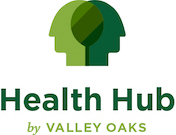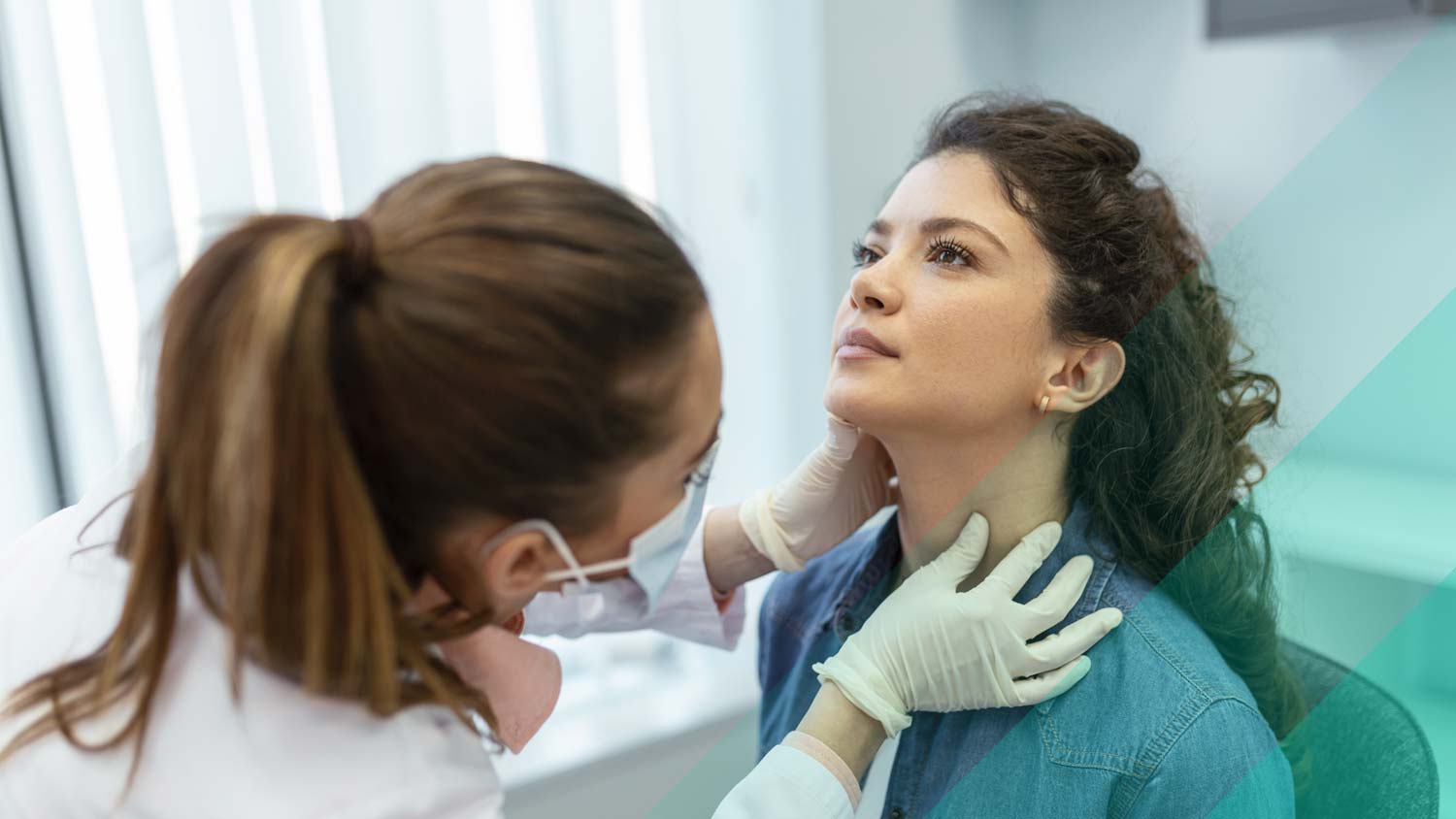Many people experience a mood shift during the colder, darker days of winter. Getting out of bed means being greeted by the cold bathroom floor. Taking a walk around the block means coming back with a runny nose and unshakable chill. It’s no wonder that your spirits can feel dampened until the flowers start to pop back out.
But for nearly 16 million Americans, seasonal mood changes are more than the “winter blues.” Seasonal affective disorder, or SAD, is a form of depression that is impacted when days become shorter and exposure to light is limited.
So how do you know if it’s the winter blues or something serious? Becoming familiar with the symptoms of seasonal affective disorder can reveal when intervention may be necessary.
Symptoms of seasonal affective disorder
Everyone can experience an array of the following symptoms from time to time. The difference for people with seasonal affective disorder or other forms of depression is that these changes persist over many days, can feel distressing, and interfere with day-to-day life.
Common symptoms include:
- Feeling sad or having a depressed mood
- Loss of interest or pleasure in activities
- Change in appetite
- Change in sleeping patterns
- Loss of energy or increased fatigue
- Difficulty thinking, concentrating, or making decisions
- Thoughts of death or suicide
If you suspect you or a loved one are experiencing SAD, please consult a qualified mental health professional for an official diagnosis and treatment plan.
Treatments that work
The good news for those with both the winter blues and seasonal affective disorder is that treatment is available and often free-of-cost.
Here are a few treatment methods that may be helpful:
- Sunlight – Seize some time in the sun whenever possible. Take a bundled-up walk during your lunch break, play with your kids in the snow, or try an outdoor winter activity like skiing or ice skating. Exposing yourself to natural light will boost serotonin levels and better your mood.
- Light therapy – Light boxes with white fluorescent bulbs mimic sunlight and can provide relief to those in need of some extra rays. It’s important to follow your clinician’s instructions on exposure time to avoid adverse effects like headaches and agitation.
- Exercise – Research shows that exercise and mental health have a strong connection, particularly for those with depression and anxiety. Exercising for at least 30 minutes most days of the week can provide increased levels of serotonin and endorphins, helping to boost your mood.
- Therapy – Attending therapy or counseling can help those suffering from SAD challenge and change unhelpful behaviors, improve emotional regulation, and develop healthy coping strategies.
- Medication – Antidepressants can help people with SAD regulate chemical imbalances in the brain and find adequate relief from long bouts of depression. It’s important to talk to a qualified health professional about this option.
If you or a loved one are displaying symptoms of seasonal affective disorder, judgment-free help is available. The first step is always the hardest, but at Valley Oaks Health, we will be with you throughout this journey.







